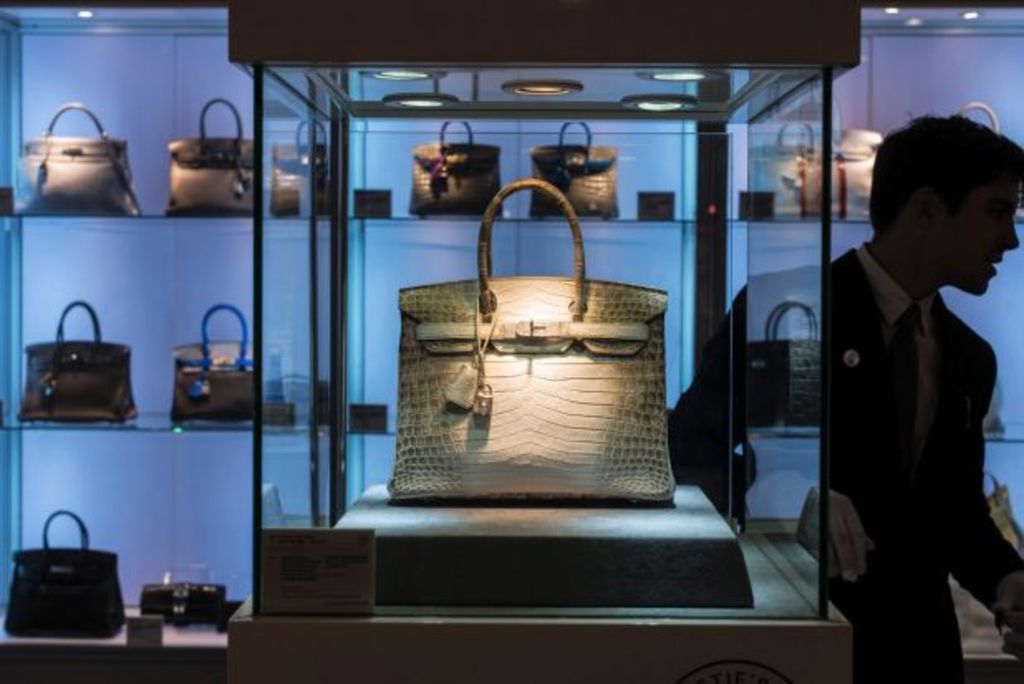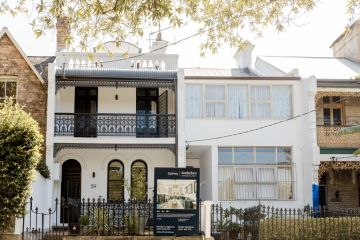High-end handbag or property purchase: Here's how the two investment strategies stack up

A handbag that is 10 years old and in “grade-two condition” last month sold in London for $289,338 (£162,500).
For context, less than two weeks later an apartment in inner-Melbourne sold for $7000 less than that. It’s nice, too – hardwood floors, two parking spaces, and so on.
So, which is likely to be the more lucrative investment? Judging by the problematic gauge of past market performance, a case could actually be made for the handbag.
While that particular diamond-encrusted Hermes Himalaya Birkin now holds the title of most-expensive handbag ever sold in Europe, auction houses around the world are regularly selling “investment-grade handbags” for small fortunes.
In fact, during the past 14 years the Rare Handbag Index – tracked by Jersey-based dot-com JustCollecting – has outperformed property and sharemarkets in Australia.
The index tracks the value of “regularly-traded and investment-grade” handbags and is said to have recorded an increase of 170.1 per cent between 2004 and 2018. During that time the median house price in Sydney grew 103 per cent, according to Domain data, and the ASX 200 gained 73 per cent.
Birkin all the way to the bank

Birkin handbags are a powerful status symbol. Photo: Christian Vierig / Getty Images
Various designer handbags find themselves on the index – Chanel, Dior, Louis Vuitton – but it’s almost exclusively the sale of a Hermes Birkin that makes headlines. The most expensive handbag ever sold was $448,514 for a Birkin in 2016.
Since its creation in 1984, the Birkin handbag has become arguably the most sought-after fashion accessory in the world. And because supply of new bags is kept low and available by the manufacturer to a hand-picked elite, the second-hand collector market has become lined with gold.
- Related: ‘Another hindrance’ for already-weak market
- Related: Home lending sneaks higher
- Related: Where rates are heading next
The handbags are now an instantly-recognised status symbol.

Fashionista Victoria Beckham is believed to have an impressive Birkin collection. Photo: Victor Zhang / Big Pictures
Victoria Beckham is said to have one of the biggest collections in the world, but the Kardashians could likely give her a run for her money.
Leaving the top-tier $290k diamond bags aside, if you’d managed to get your hands on a $5444 Cognac Ostrich Leather Birkin (40-centimetre) handbag – made by (you guessed it) Hermes – 14 years ago, you’d have made a tidy 275 per cent return by now. It last sold for $20,415, according to JustCollecting.
It’s the best performer on the Rare Handbag Index of 19.
Thinking of investing? Here’s what you need to know
So, with all that in mind, should you start “investing” in handbags? Probably not.
To do well comes down to the ability to predict what will be fashionable and desirable a decade ahead of the rest. Knowing what’s in vogue right now proves a tall order for some – including your correspondent.
The market is, naturally, much more niche and has much less regulation than other markets.

They may look pretty but high-end bags are probably not a strong investment. Photo: iStock / Grosescu Alberto Mihai
Experts advise against buying any fashion accessory and expecting a return.
Spending up on a portfolio of investment-grade handbags is “very risky”, according to Melbourne fashion industry legend and purveyor of high-end accessories Christine Barro. “When Phoebe Philo was brought in to design Celine and revive that brand [in 2008] … I had those bags and I just couldn’t get enough of them. It became this easy-sell,” Barro says.
However, tastes changed, Philo moved on, and now “it’s dead”.
“As soon as the doors would open at Harrod’s everyone would rush to the Celine counter to buy up whatever was on the shelf … it’s completely over,” Barro says.

Purchasing an apartment is ultimately the smarter decision. After all, you can’t live in a handbag. Photo: Supplied
The pricetag some of these handbags command is astronomical, but the ever-changing nature of fashion excuses the bags as an approachable form of investing.
“Every brand has a cycle. You can’t stay on the top for ever. What has become their signature suddenly isn’t right any more,” Barro says.
And, as the recent owner of a $282,000 Melbourne apartment would tell you, you can’t live in a handbag.
We recommend
We thought you might like
States
Capital Cities
Capital Cities - Rentals
Popular Areas
Allhomes
More







